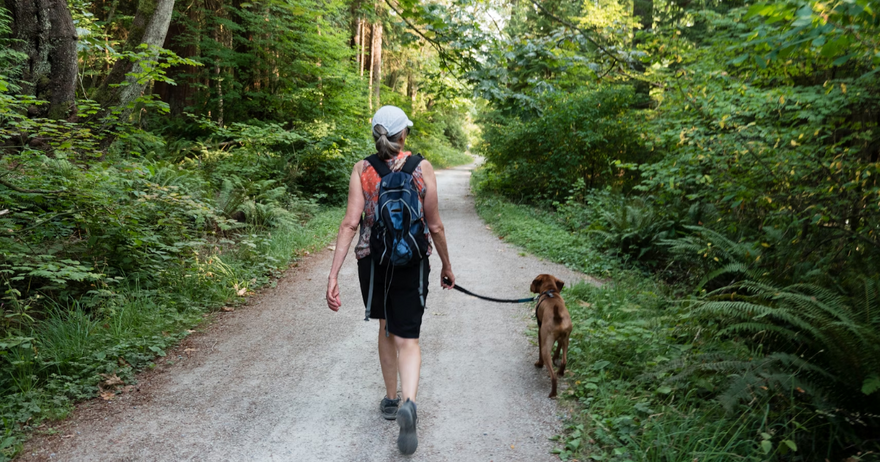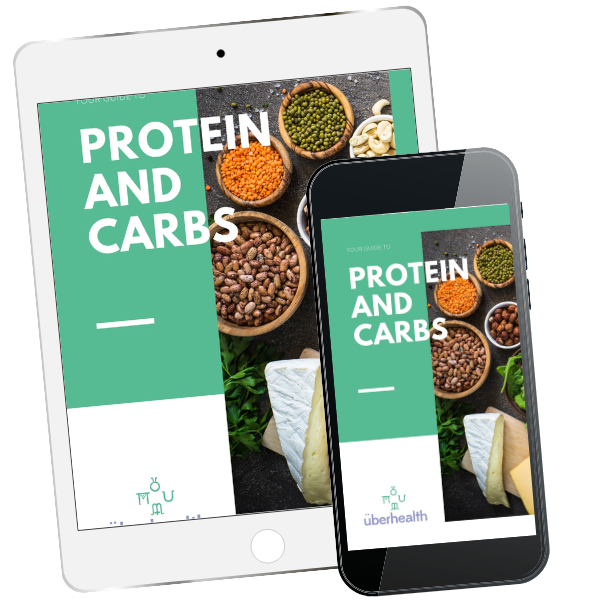Movement Matters: Finding Your Exercise Groove

We’re now at the halfway mark in our exploration of the Seven Healers of Nature—those foundational pillars that support health and wellbeing in a beautifully simple way.
So far, we’ve explored hydration, sleep, and sunshine. This month, we shift focus to a pillar that’s deeply personal to me, both in my own life and in my clinical practice: exercise.
Exercise Means Different Things to Different People
The word exercise can stir up a wide range of feelings—from motivation and excitement to guilt or dread. For me, it’s one of life’s essentials. Movement is part of my daily routine, and it naturally extends into my family life. My partner and daughter are active too. Many of my clients and close friends share this same passion for physical activity—whether they’re elite athletes or just getting started on their journey.
While I’ve had the privilege of working with Olympic and world-class athletes, some of my favourite clients to work with are those taking their very first steps: running a first 10k, completing their first race, or simply rediscovering the joy of movement.
You don’t need a race bib or a gym membership to start exercising—you just need a reason that matters to you.
What Role Does Exercise Play in Your Life?
We all know exercise is good for us. It strengthens the heart, improves blood sugar regulation, supports mental health, and boosts our energy, mobility, and strength.
But the more important question is: What would regular movement do for you, personally?
- Would it help manage a family history of diabetes or cardiovascular issues?
- Could it support your mental wellbeing and reduce anxiety?
- Might it simply help you feel more confident and capable in your own body?
Connecting to your own "why" makes a regular movement routine far more achievable—and sustainable.
What the Guidelines Say
In Australia, our recommendations align with the American Heart Association. For healthy adults aged 18–65, the advice is:
- Moderate-intensity aerobic activity (like brisk walking) for at least 30 minutes, 5 days per week,
OR - Vigorous-intensity aerobic activity (like running or HIIT) for at least 30 minutes, 3 days per week
In simple terms: you want to get your heart rate up and keep it up for at least 10 consecutive minutes. That’s what counts as aerobic activity—commonly referred to as cardio.
Real Talk: How Are You Moving?
If you spend most of your day at a desk or behind a screen, it’s worth asking:
How often are you getting your heart rate up?
Are you walking at lunch? Taking the stairs? Hitting a group class after work?
If you’re not quite hitting the guidelines, don’t worry—it’s not about perfection. It’s about progress.
What’s one step you can take this week to start building towards five active sessions?
Don't Forget Strength
Alongside cardio, the guidelines also recommend two sessions per week of strength-based exercise—targeting all major muscle groups. This is your anaerobic exercise: weights, resistance bands, bodyweight training, or even Pilates.
Strength training helps:
- Prevent injury
- Improve bone density
- Support better posture and joint stability
- Enhance overall body composition (even if weight loss isn’t your goal)
Whether you're aiming for endurance, mobility, weight loss, or just feeling stronger in your day-to-day life—resistance training is a critical (and often overlooked) piece of the puzzle.
This Month’s Challenge: Check Your Movement
This month, I challenge you to:
- Reflect on your current exercise habits. Are you meeting the recommended targets?
- Revisit your “why.” What would more movement mean for your body, your energy, your future?
- Take one new action. That might mean joining a local walking group, booking in with a personal trainer, or simply parking further away to get in extra steps.
And if motivation dips as the mornings get darker and cooler, now’s the time to establish your routine—so it’s already in place when winter arrives.
Let Movement Support You
Movement isn’t about punishment or perfection. It’s about discovering what your body is capable of and supporting it to do the things you love. Whether that’s hiking with friends, playing with your kids, or simply waking up feeling stronger and more energised—it all starts with just one step.
So, what will yours be?
FREE RESOURCE


